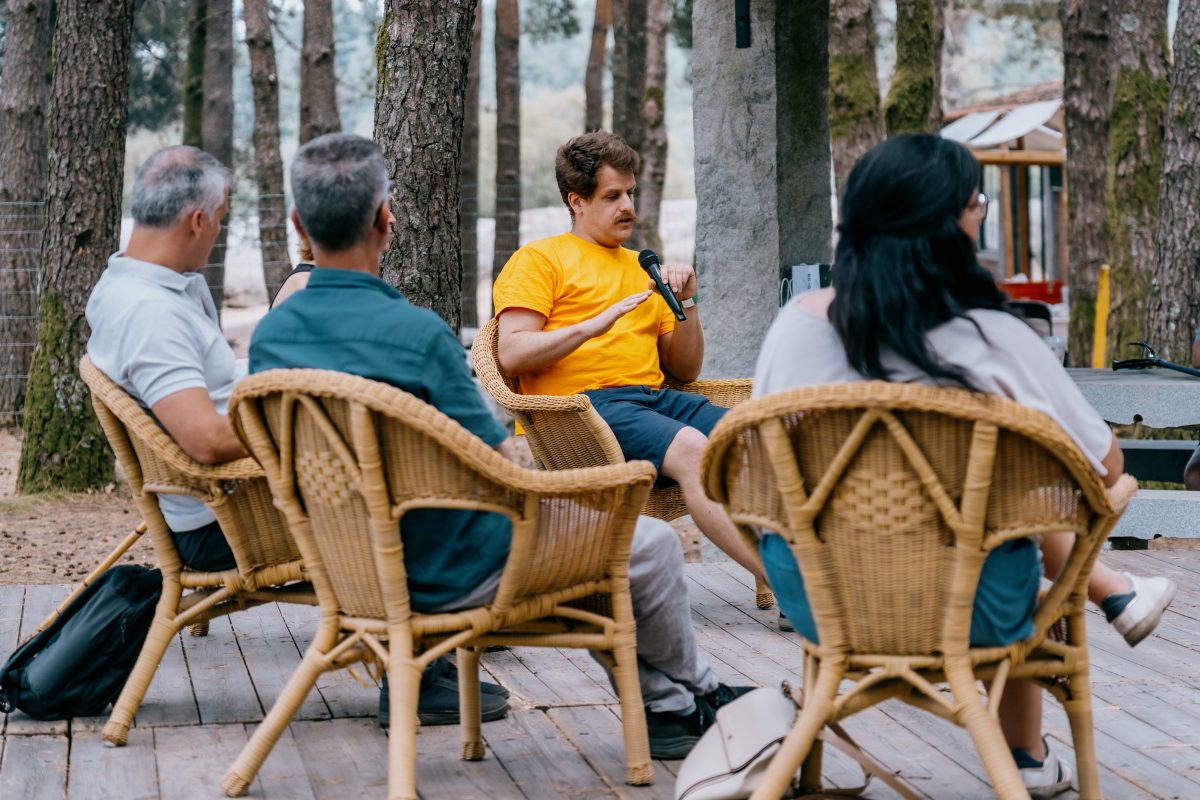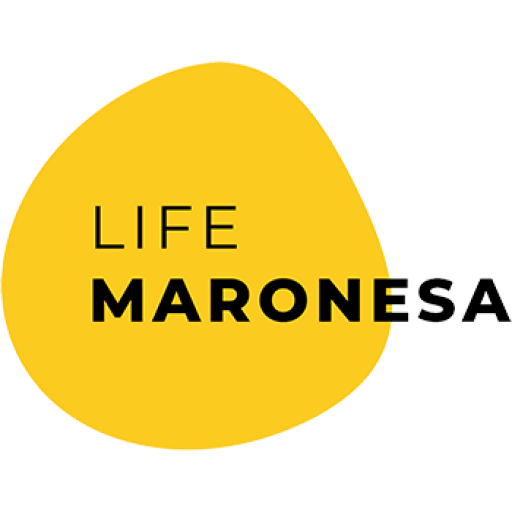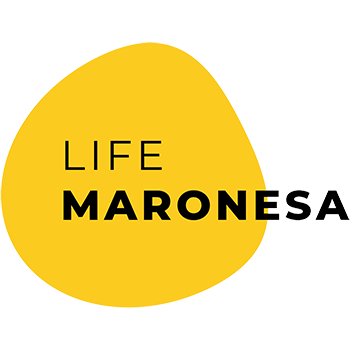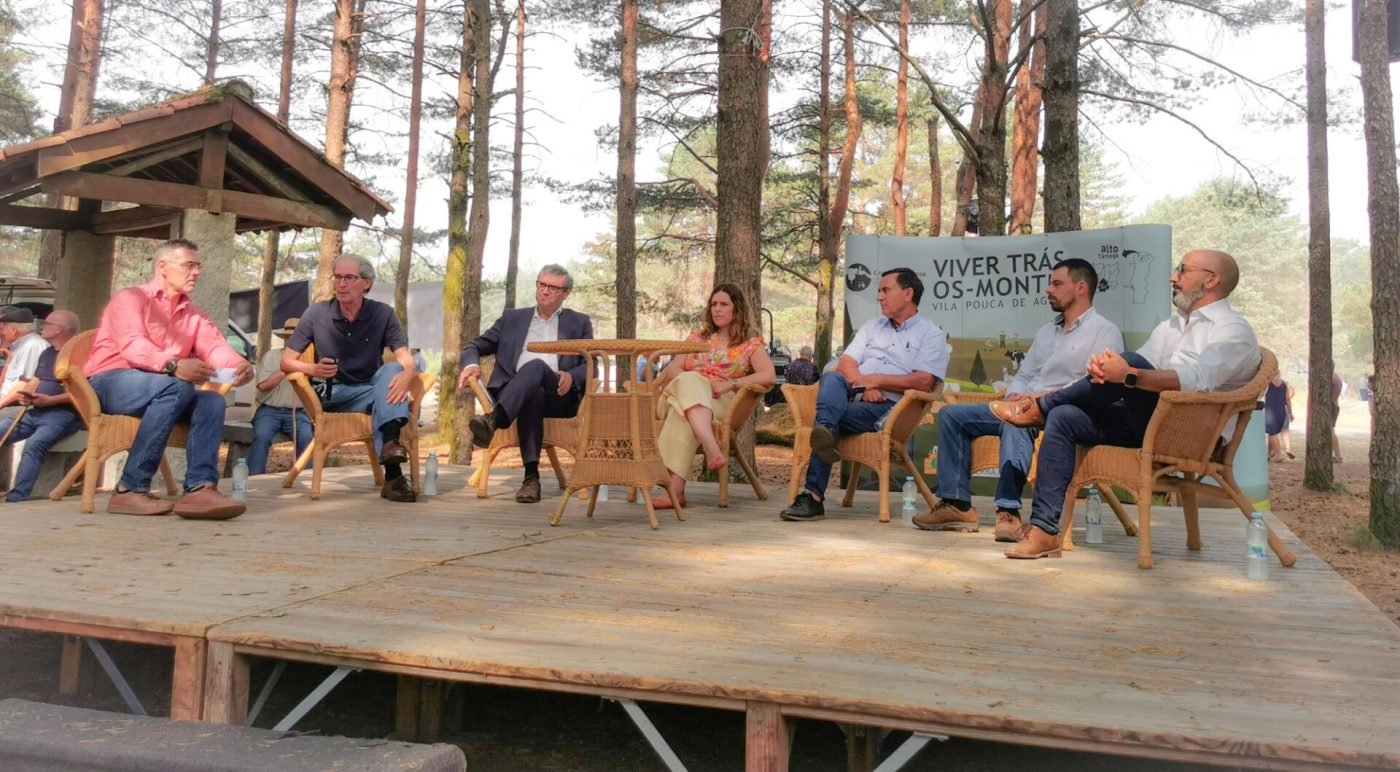Last weekend, on 16 and 17 August, the LIFE Maronesa project team had the honour of participating in the two-day ‘Weekend of Maronês, Bravia and the Rural World’ at Lagoa do Alvão in Vila Pouca de Aguiar, which brought together the 3rd Alvão Livestock Competition dedicated to the Maronesa breed on Saturday and the 18th National Bravia Goat Competition on Sunday. On Saturday, breeder Tommy Ferreira from partner Casal da Bouça took part in the round table discussion ‘The Maronesa breed, what future?’, and on Sunday, Henrique Mira Godinho from AguiarFloresta was present at the round table discussion ‘The Bravia goat nowadays’.
On Saturday, the breeder and manager of Casal da Bouça highlighted the work carried out by the project, which allowed him to seek other ideas and ways of adding value to the product, such as through CLIMA+ label tourism activities, or the creation of his own line of food products such as Tommy’s Burgers. The recent demand and appreciation of matured meat also allows him to vary the economic income of his extensive production method.
The example of the creation of the Tommy’s Burgers line together with the Forno de Jales Restaurant has allowed him to increase his profit margin by shortening the supply chain. The meat is sold directly from the producer to the consumer, which, in addition to increasing profits by reducing intermediaries in the chain, allows the farmer to receive direct feedback from consumers and thus create a strong commercial relationship so that, whenever necessary, specific changes can be made to meet the needs of his client.
Due to the increase in the cost of living, consumers naturally seek cheaper food. He proposes that the idea to convey to the public is that people should consume less meat, but when they do, they should select better quality meat from extensive production methods that bring increased ecological value.
When asked about the relationship between producers and public funding, he criticised the excessive bureaucracy involved in current funding schemes, which are distributed in tiers that are out of synch with the reality of mountain livestock farming. Producers with more animals see the need to divide their livestock farms into three or four taxpayers, increasing the number of documents (paper consumption, folders, etc.) to be filled out and signed. He also highlighted the bureaucracy resulting from administrative processes for issuing licences, which are often counterproductive and subject to conflicting interpretations between different state institutions, leaving producers hostage to this inertia, without response or support due to interpretative flaws in certain rules, which are mostly pointless.
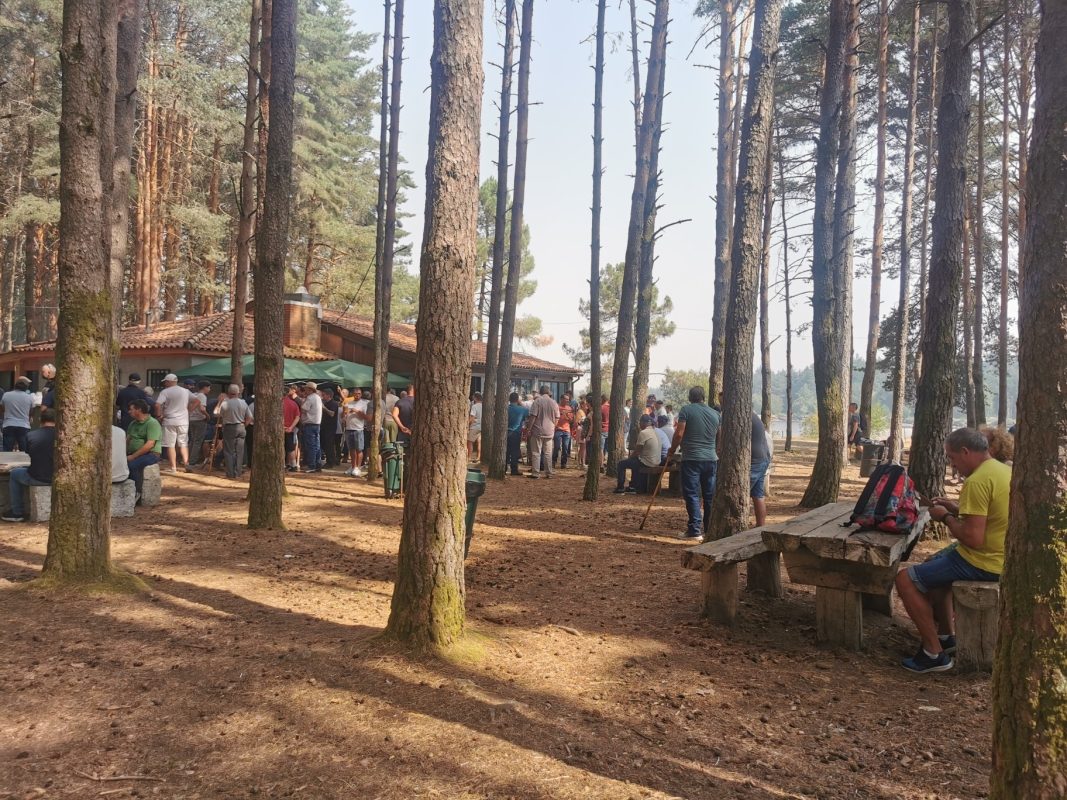
On Sunday, the project manager shared with the audience some of the ideas and solutions that have been tested in the project related to communicating good practices to different target audiences, such as regular visits by schools in the region to the breeders’ farms, with some educational activities involved. He also highlighted the good practices created in the organisation and modernisation of the marketing of meat from the project’s breeders and other breeders adhering to the extensive model.
He stressed the importance of livestock professionals, farmers, technicians and academics being available to communicate the reality of the work carried out through extensive grazing to an increasingly urban audience. Farmers, through the implementation of good logistical organisation and the application of technology on their farms, can gain space and time to diversify their income, for example through tourism.
To bring together all these aspects of the evolution of mountain livestock farming, the example of the ecological brand created by the project, the Clima Mais Positivo label, was shared with the public, highlighting the flexibility of the commercial chains for this label, with the decision-making process being exclusively in the hands of the breeder and the marketing entity. The criteria for joining the brand was also explained and its logic transmitted.
